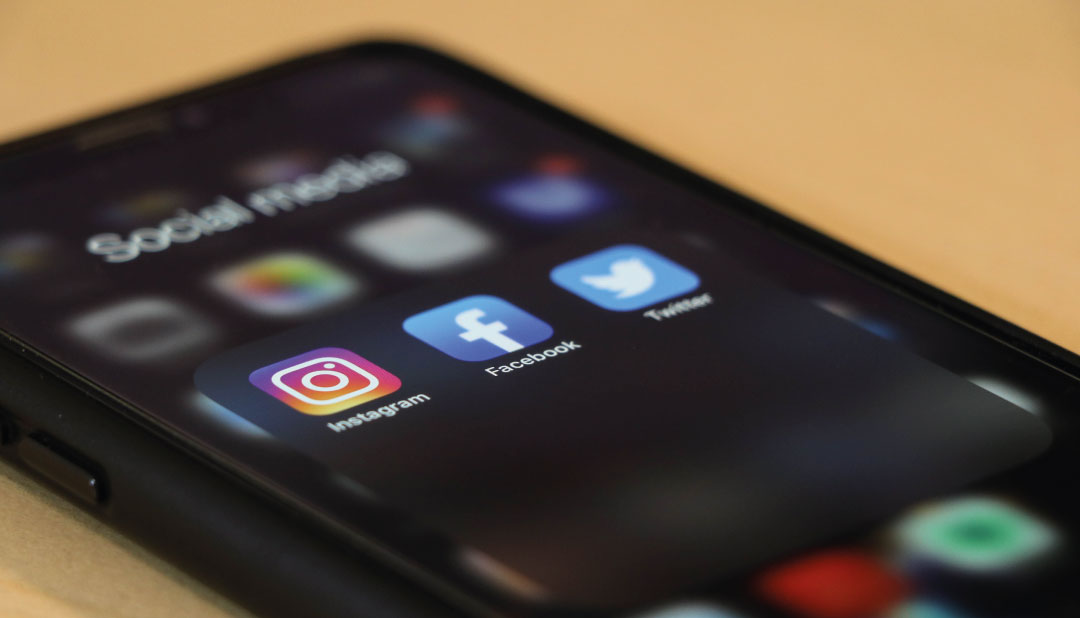We’re a long way from Myspace now as we see social media holding a huge proportion of e-commerce and, with the advancements of A.I., so here we look at the history of social media and where is it predicted to go next.
What we will look at:
• The original social media
• A short history of the social media timeline
• What will the future of social media look like?
The original social media
You might remember running home after school, booting on the dial-up and after waiting 15 minutes for the computer to turn on, logging on to MSN to chat with the people you’d been at school with all day.
For the younger ones that don’t know what MSN is, it was basically unlimited internet texting at a time when we had to pay per text. Remember minutes? The social media of today is incomparable to that era only 10-15 years ago. So what will it look like next?
Did you know the first social media site was created in 1997? SixDegrees.com was the very first social media site, where people could create a profile and make friends with other users. In its limited form, it was exactly what it was created for – socialising. Now as we look at e-commerce becoming more prominent within social media and the progression towards the Metaverse, have we lost the meaning of socialising or is it creating something even better?
Is Ready Player One a cinematic premonition of the Metaverse?
A short history of social media timeline
Here’s a brief history of social media:
1997: Six Degrees, the first social media site is launched
2002: LinkedIn launches
2002: Friendster is launched.
2003: Myspace
2004: Facebook is launched for Harvard. Two years later it goes global. 2005: Reddit
2005: YouTube
2006: Twitter (2007 was the birth of the hashtag)
2008: Spotify
2010: Pinterest
2010: Instagram
2011: Snapchat
2016: TikTok is launched in China and will come to the rest of the world the next year. 2023: A staggering 4-5 billion users on social media worldwide
Social media timeline is similar to the lifespan of a human, but which stage of its development are we in?
It’s easy to look at the huge technological
advancements in AI, social media and the internet since 1997 and think this age of social media is fully fledged. But what if it’s only in its teenage years? Social media is predicted to become an all-surrounding medium, and a totally immersive experience, predominantly in your home through IoT devices. The Kuri mobile robot, for example, interacts with you and captures clips of your day, taking 5-second video clips of your life. It’s not a stretch to see how this would be part of social media’s immersive home takeover.
How do you feel about an immersive, all-surrounding social media through the Kuri mobile robot in your home?
What will the future of social media look like?
The author of ‘Digital Marketing Strategy’ Simon Kingsnorth has listed some of his predictions for the future of social media. Some of the most exciting and perhaps daunting predictions of social media are that immersive videos becoming the norm. So what can we expect from the future of social media?
• Video will be the main format users will access
• Videos are going to become immersive – AR will develop to a seriously advanced level
• Social media will be an all-surrounding medium – it’s going to be accessible through your IoT devices. Think smart refrigerators and smart bicycles.
• The Metaverse will become a reality. Coming away from the type-read-reply format we’ve been using since the beginning of social media in 1997, as TikTok brought in the demand for videos, and other social media followed suit, we have and will even more so move into the immerse-interact age.
How do you feel about interacting with social media through your refrigerator? E-commerce and social media will become intrinsically linked.
Some concern about this is that transactional B2B will take over social media, detracting from the user experience. That being said, social media is predicted to become the main search engine and so this will undoubtedly affect how we use SEO.
Some other things we can reasonably expect are edutainment videos becoming a normal way of learning. This isn’t just for kids and teenagers, but it’s hugely popular with millennials on YouTube. Even the news will move towards a majority video format on social media.
It’s not a question of if this is possible anymore, it’s a question of what year will we see this. Some expert predictions believe it will be as soon as 2025-2030.


Recent Comments